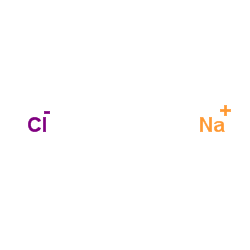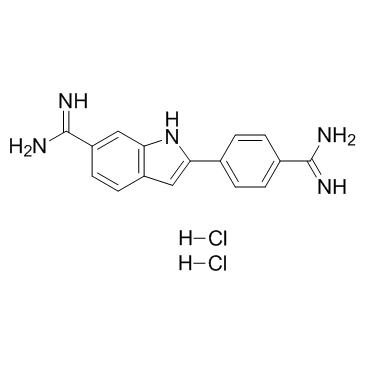| Structure | Name/CAS No. | Articles |
|---|---|---|
 |
sodium chloride
CAS:7647-14-5 |
|
 |
SODIUM CHLORIDE-35 CL
CAS:20510-55-8 |
|
 |
Aluminium isopropoxide
CAS:555-31-7 |
|
 |
4',6-Diamidino-2-phenylindole dihydrochloride
CAS:28718-90-3 |
|
 |
Autocamtide-2-Related Inhibitory Peptide trifluoroacetate salt
CAS:167114-91-2 |